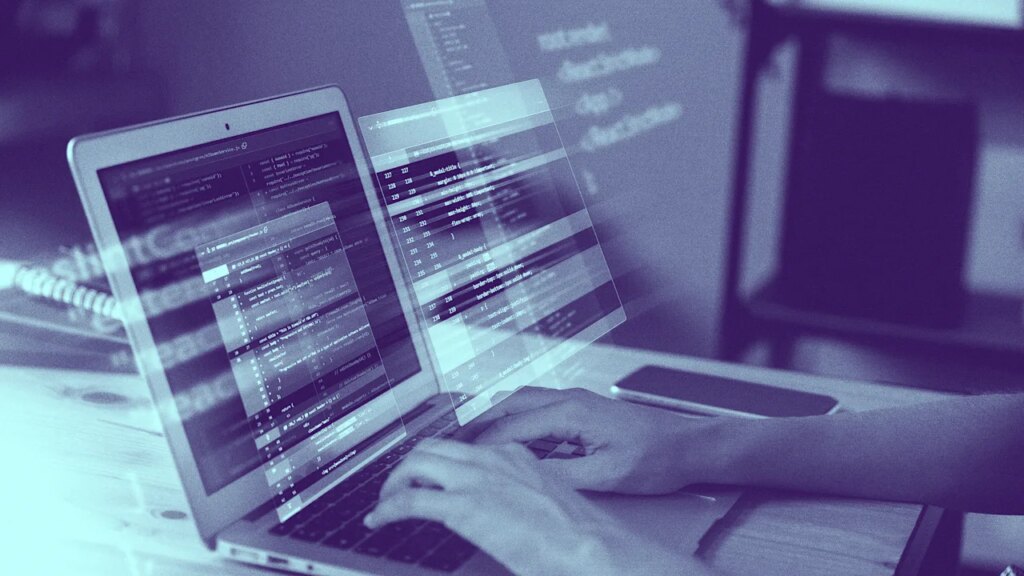
In July, computer pirates attacked a large number of government agencies and agencies, advancing through a previously unknown vulnerability in Microsoft SharePoint. A government agency told Washington Post that the computer pirates had cleaned some of their documents. Thousands or servers were the last vulnerable.
It is a chilling scenario: a hacker, potentially in the middle of the world, gains the ability to infiltrate systems, steal data or interrupt operations.
In just a matter of days, the concern shock waves extended through organizations, leaving many looking for answers about what they need to know to know and how they can protect themselves and their customs.
Why did this become so fast?
The vulnerability of SharePoint received a gravity score of 9.8 of 10 in the common vulnerability score (CVSS), which is a standardized framework used to evaluate and prioritize security failures. A score that high points a critical risk, which means that affected organizations must apply the immediate available patch.
The extreme gravity, combined with the wide use of SharePoint’s propagation in business environments, helped the threat (and holders) to spread rapidly.
When an attack of this scale occurs, it is natural to look for something or someone to blame. The outdated or nigted systems are among the first to be guilty in cyber security, but in this case, the inherited infrastructure was the problem. SharePoint is actively coined and there was an available patch, but the problems with the effectiveness of the patch left the most aware of vulnerable security.
Protection of company secrets
SharePoint’s vulnerability is a reminder that protecting confidential information begins with the control of who has access to it. One of the simplest ways to keep intruders out through the use of multifactor authentication, the process of confirming their identity with more than a password. Yes, it can be a code to enter from your phone, but that small additional step makes it much more difficult for the attackers to enter.
SharePoint comes with built -in tools that allow organizations to control that they can see and edit files. But those tools only work if they are used wisely. For example, not all employees need access to each document. Maintain sensitive files limited only to people who need them help to reduce the risk if someone does Manage to sneak into the system.
It is also important to observe unusual behavior: small signs that something could be wrong. If someone’s account suddenly tries to access the files that you normally use, log in from an unknown location or blocked repeatedly when trying to open restricted content, those are red flags. Many organizations use tools such as Safety and Event Management Information Platforms (SIEM) and user behavior analysis (EUBA) to catch early thesis warning signs. The tools always help security equipment to monitor the activity throughout the network, while EUBA uses patterns and data to mark the behavior that is out of the ordinary. Together, they can help stop an attack before causing serious damage.
Now what?
Incidents such as SharePoint’s vulnerability stand out how quickly a virtual failure can become a problem problem in the real world, interrupting confidence operations and tremors. These events sacrifice organizations for a time to review the foundations: make sure that employees know how to recognize Phishing attempts, limiting who has access to critical documents and using safeguards such as multifactor authentication to keep intruders out.
But the real key is consistency. Cybersecurity must be integrated into the culture of the organization. That means clear policies, continuous awareness and fast action when something feels out. The companies to which they are best in the face of cyber threats are not always the largest or highlights, which are those that remain alert, respond quickly and prioritize cyber security as an essential part of the business.


